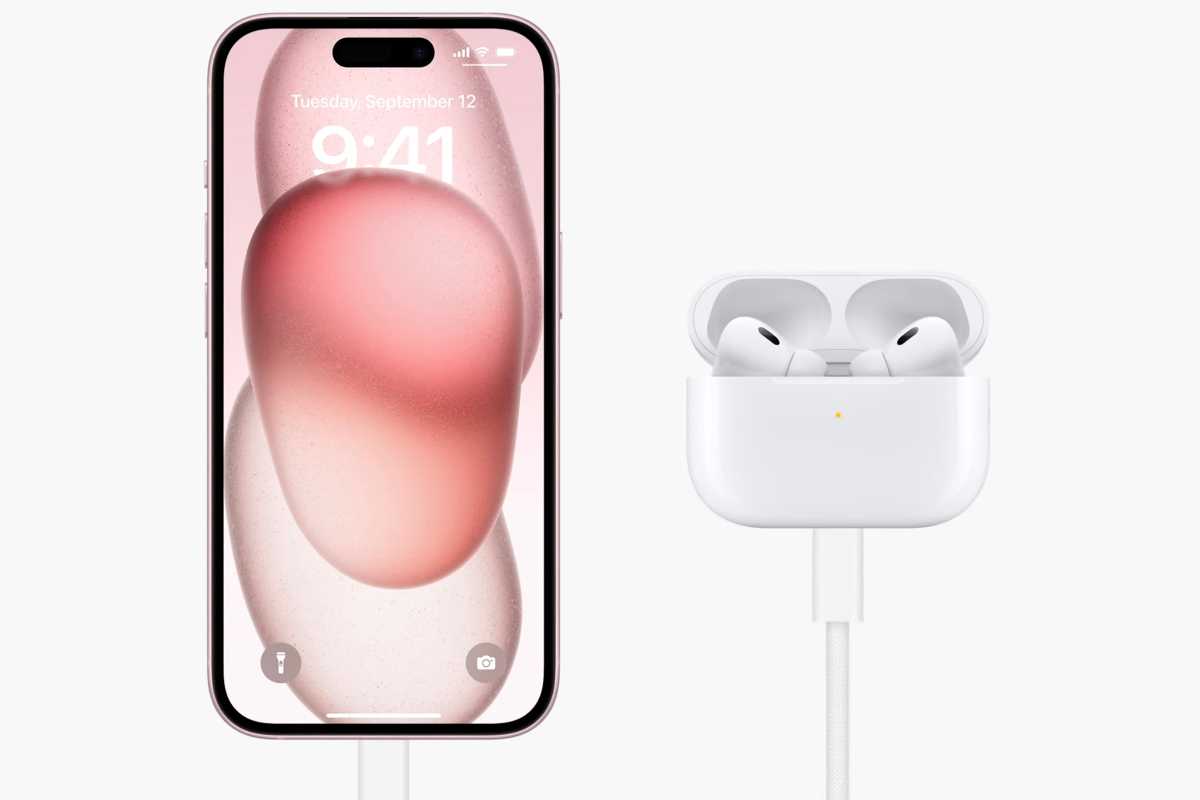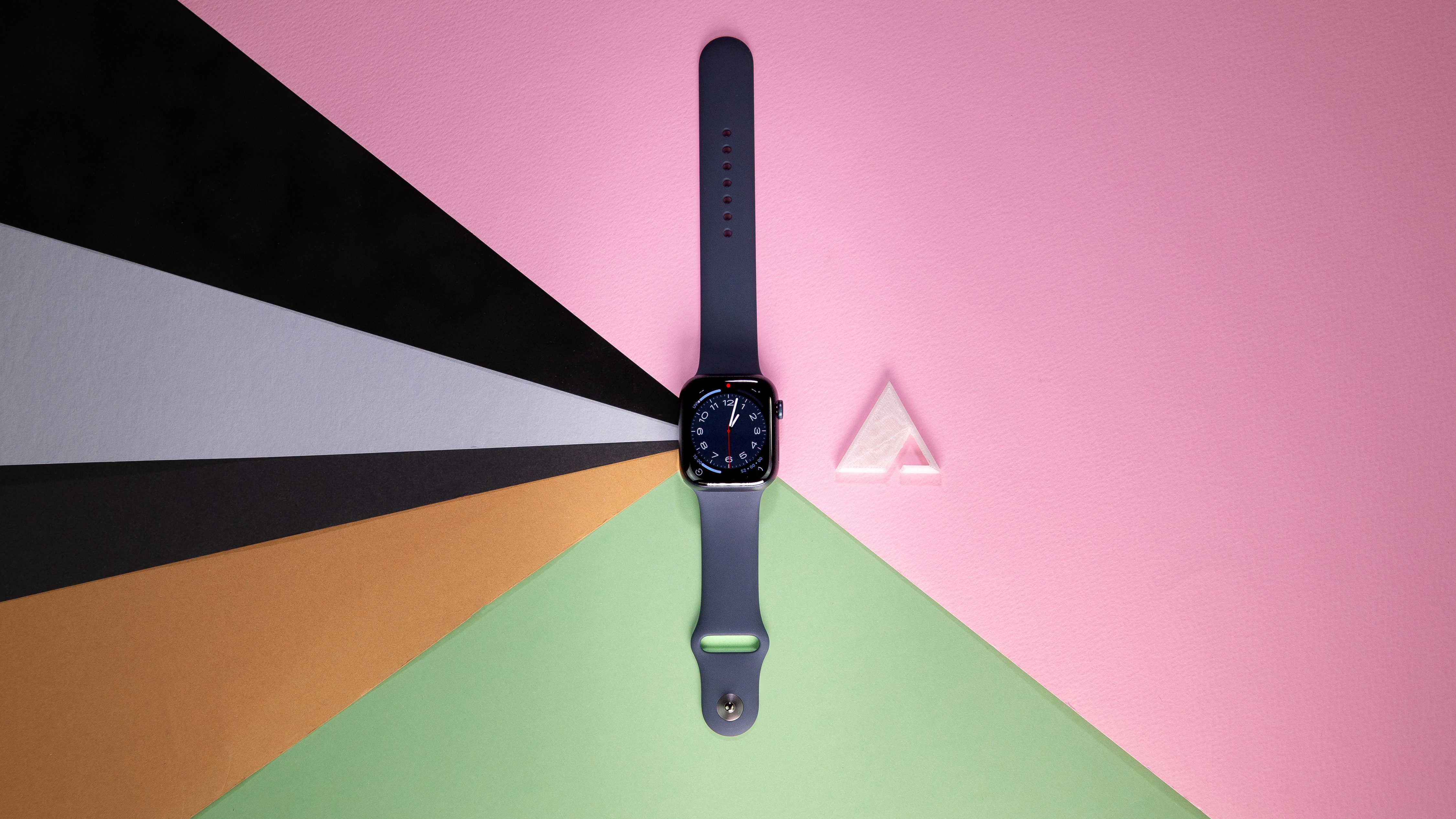
Over the last few years, Apple has gone from selling one AirPods model to four. You can currently buy the 2nd-gen AirPods, 3rd-gen AirPods, and 2nd-gen AirPods Pro with USB-C, and the AirPods Max over-the-ear headphones.
Let’s set that last option aside for a moment. If you’re willing to spend $500 or more on a pair of cans, you’re making a whole different buying decision than if you want true wireless earbuds. You might like to take a look at our round-up of the best over-ear headphones where we compare the AirPods Max to the competition.
But that still leaves three relatively similar-seeming earbuds to choose from. So which is right for you?
AirPods and AirPods Pro features compared
Here is how the three in-ear AirPods stack up side-by-side. Note there are two versions of the 3rd gen AirPods as indicated, one has a MagSafe charging case the other doesn’t charge wirelessly.
| AirPods (2nd gen) | AirPods (3rd gen) | AirPods Pro (2nd gen) | |
|---|---|---|---|
| Price | $129/£129 | Lightning model: $169/£169 MagSafe model: $179/£179 |
$249/£229 |
| Weight (earbuds) | 0.14 oz (4 grams) | 0.15 oz (4.3 grams) | 0.19 oz (5.3 grams) |
| Weight (case) | 1.35 oz (38 grams) | 1.34 oz (38 grams) | 1.79 oz (50.8 grams) |
| Battery Life | 5 hrs + 19 from case | 6 hrs + 24 from case | 6 hrs + 24 from case |
| Charging | Lightning charging case, no wireless charging | Wirelessly charge with MagSafe. The cheaper Lightning model doesn’t charge wirelessly | Wirelessly charge with MagSafe. 2023 2nd-gen model offers USB-C, 2021 2nd-gen model featured Lightning |
| Noise-cancellation | No | No | Yes |
| Conversation Awareness | No | No | Yes |
| Spatial Audio | No | Personalized Spatial Audio with head tracking | Personalized Spatial Audio with head tracking |
| Controls | Tap on earbuds | Force sensor on stem | Force sensor on stem, swipe on stem |
| Water/sweat-resistant | No | Yes (IPX4) | Yes (IPX4 Lightning model, IP54 in USB C model included dust resistance) |
AirPods and AirPods Pro design
The most obvious difference between the three models is their design. The 2nd-gen AirPods have the original design from 2016, with long white stems and earbuds that resemble the wired earpods that used to come with iPhones, just without the wire.
The newer 3rd-generation AirPods have shorter stems and a more bulbous, rounded earpiece. Despite the shorter stems, they very similar in weight to the older AirPods. The charging case looks very similar to that of the AirPods Pro–shorter and wider.
The AirPods Pro take the short-stem design and adds rubberized eartips to the earbuds, to create more of a seal that blocks out noise and improves sound quality.
No matter which AirPods you choose, you can only get them in glossy white.
AirPods and AirPods Pro noise cancelling
This is where the AirPods Pro distinguish themselves, and is the single feature most likely to get you to choose them over the 3rd-gen AirPods. Not only do the rubberized tips help block out more outside noise, the active noise cancelling gives you a real sense of a more private listening space.
While we’re at it, we should mention that only the AirPods Pro support the Conversation Boost accessibility feature.
AirPods and AirPods Pro Spatial Audio and sound quality
All AirPods support Dolby Atmos spatial audio in Apple Music. In fact, you can force it on for any pair of headphones. But spatial audio for video in the TV and other supported apps, with head tracking, is not supported on the 2nd-generation AirPods. You need the 3rd-generation or the AirPods Pro to do that.
The 3rd-gen AirPods have better sound than the 2nd-gen in other ways, too. Apple has a new redesigned low-distortion driver that it says delivers better sound quality, and they support Adaptive EQ like the AirPods Pro. AirPods Pro (2nd-gen) sound significantly better than regular AirPods, even without active noise canceling. The 2nd-generation version, released in September 2022 (and updated with USB-C in September 2023), offered a big step up in sound quality over the original AirPods Pro.
AirPods and AirPods Pro features and controls
You control the 2nd-gen AirPods by tapping on them, while the 3rd-gen AirPods and AirPods Pro have a little cutout area on the stem that is sensitive to pressure. Squeeze the stem (there’s a faux “click” sensation) to play/pause, skip forward, back, or summon Siri. The AirPods Pro can also detect a swipe up or down along the stem to change volume (that’s new in the 2nd-gen model). All AirPods models support hands-free “Hey Siri” control.
Both AirPods Pro and 3rd-gen AirPods are water- and sweat-resistant, and probably better suited to working out, though you wouldn’t want to dunk any of them in the pool. The 2nd-gen AirPods don’t have any water resistance.
The 3rd-gen AirPods support expanded Find My support for tracking down lost earbuds and setting separation alerts. The AirPods Pro, since the release of the 2nd-gen version, also have a speaker on the charging case to play a loud tone when using Find My, and have the U1 chip so you can guided directly to them. The 3rd-gen AirPods and AirPods Pro also support Announce Notifications, which lets Siri dictate important messages and alerts as they arrive.

Foundry
AirPods and AirPods Pro battery life
The 2nd-gen AirPods last five hours, and you can charge roughly four times with the charging case for a total of 24 hours of listening time.
The 3rd-gen AirPods and AirPods Pro extend that listening time by an hour for six hours of listening time, and with four more charges in the case, you get a total of 30 hours. With AirPods Pro, turning noise canceling off will add about an hour of listening time. Read about how to extend AirPods battery life.
AirPods and AirPods Pro wireless charging
Apple only sells the 2nd-generation AirPods with a wired case, but you can buy a wireless charging case for $79 / £79 separately. There is a cheaper version of the 3rd-gen AirPods that doesn’t offer wireless charging, that model, which is $10/£10 cheaper, ships with a case for charging via Lightning.
The 3rd-gen AirPods with MagSafe and AirPods Pro come with a wireless charge case that lets you charge any Qi wireless charger, or Apple’s MagSafe wireless charging.
You can also use the case to charge the 3rd-gen AirPods via Lightning and the AirPods Pro via USB-C (an older model offered Lightning).
You can charge the AirPods Pro using your Apple Watch charger, and, if you have an iPhone 15-series phone you can charge your AirPods Pro by plugging the cable into the USB-C port on your iPhone.

Apple
Conclusion
Each of the three AirPods models Apple offers are very different. If you don’t care about wireless charging, the 2nd-gen AirPods is a decent buy. They won’t sound quite as good or last quite as long as the 3rd-gen AirPods, but they’re a good affordable option.
If wireless charging matters, definitely get the 3rd-gen AirPods, since buying the charging case with the 2nd-gen AirPods will actually cost more than the 3rd-gen AirPods.
The AirPods Pro were updated to a second-gen model in September 2022 and again in September 2023 (when they gained USB-C support), and while they cost a lot more than the standard AirPods, they offer much better sound quality and unique features like active noise canceling, adaptive transparency, and conversation boost.
We think the 3rd-gen AirPods are the best buy for most. They’re technically cheaper than the 2nd-gen AirPods with a wireless charging case and come with a slew of new features. They have better battery life and sound better than the older model.
The second-generation AirPods Pro are clearly the superior choice, but you’ll pay more than 40% more for them. If noise canceling matters to you, it’s worth the extra expense.
For more advice about the whole range of Apple’s AirPods, including the Max, Pro and the standard AirPods models read: Best AirPods – Which AirPods are best? and New AirPods 2023: What to expect from the next-gen AirPods.






